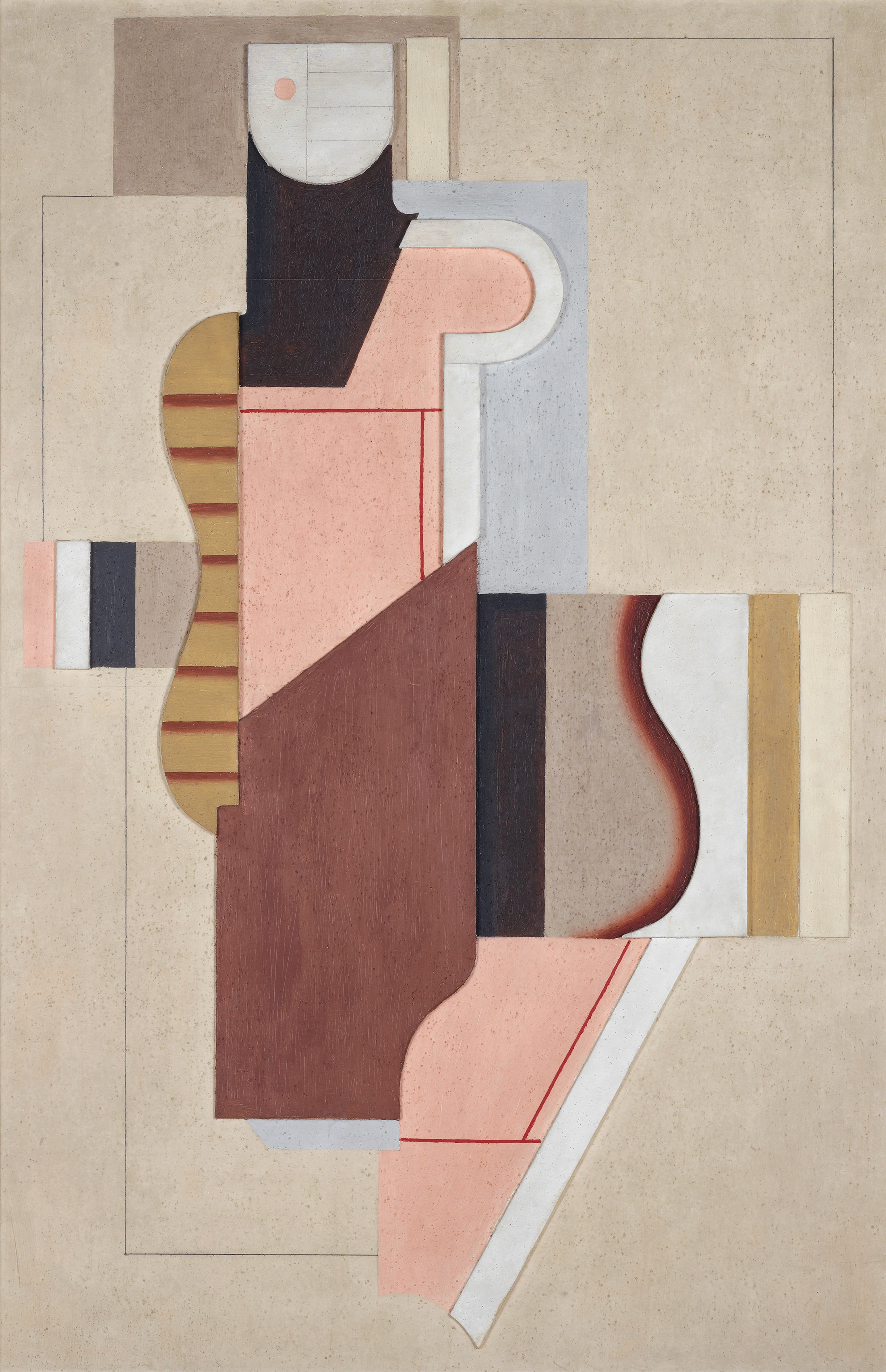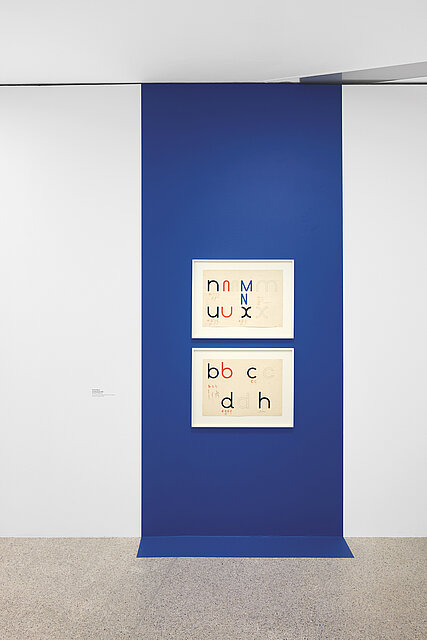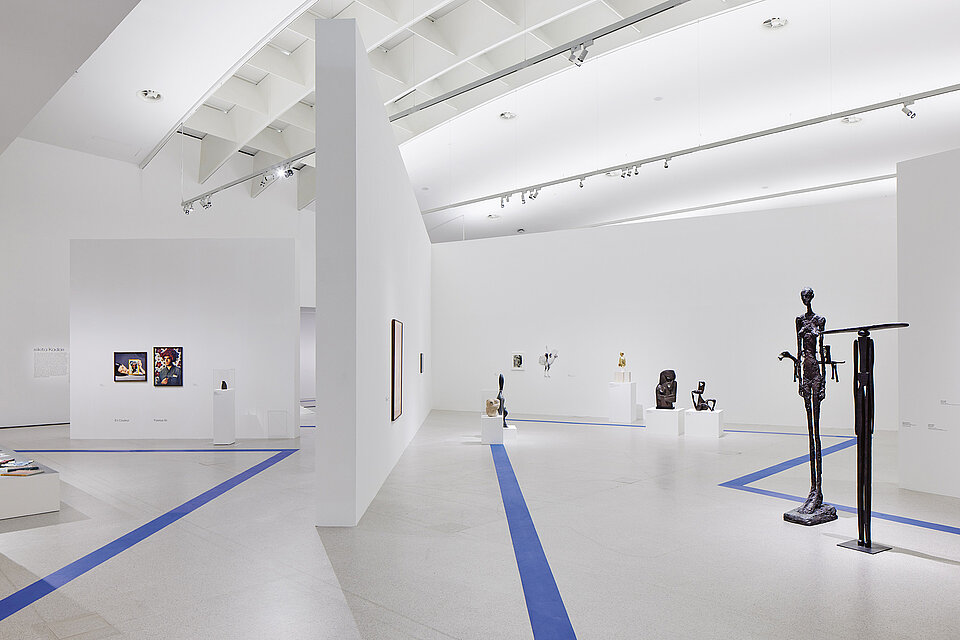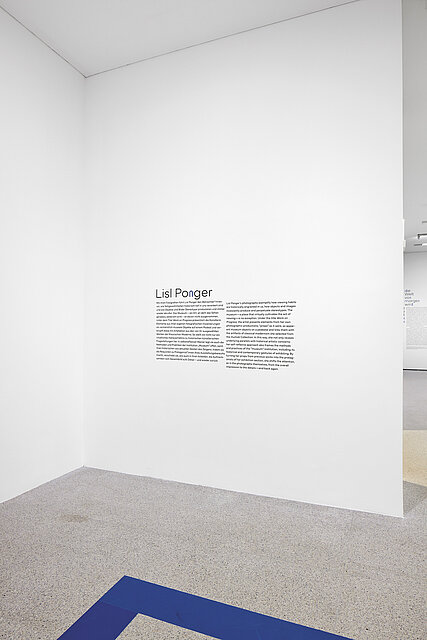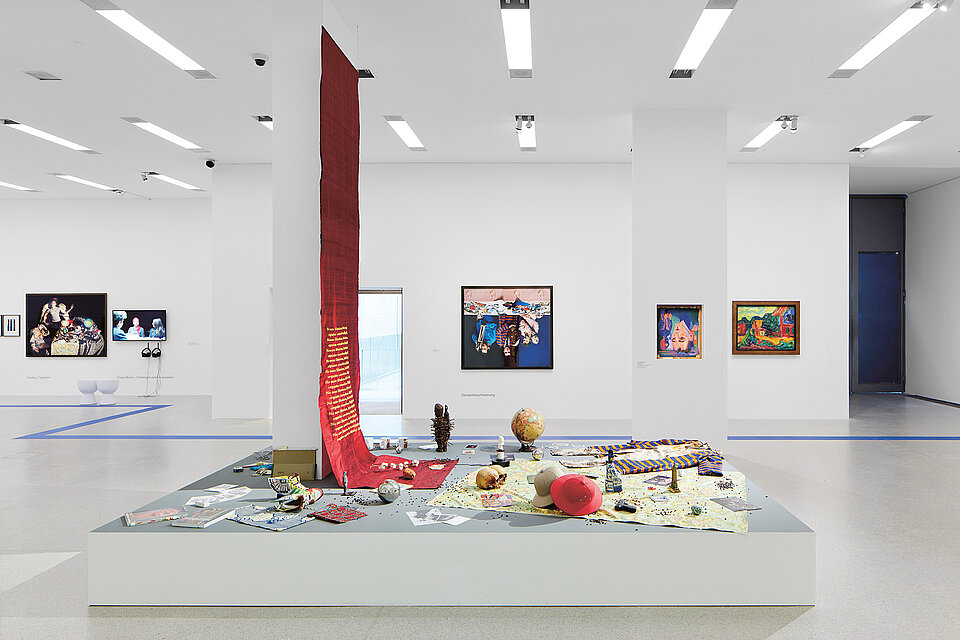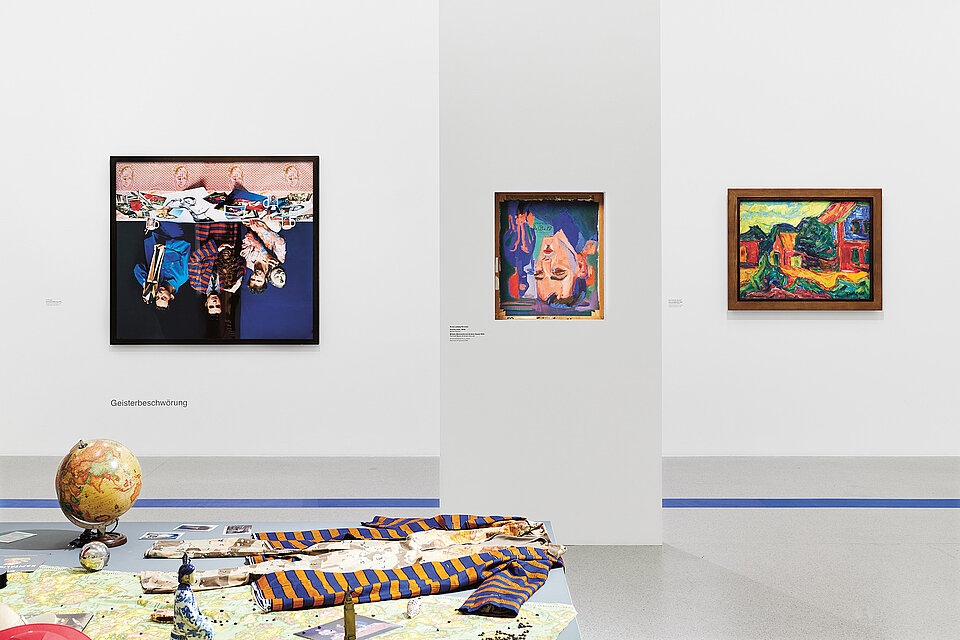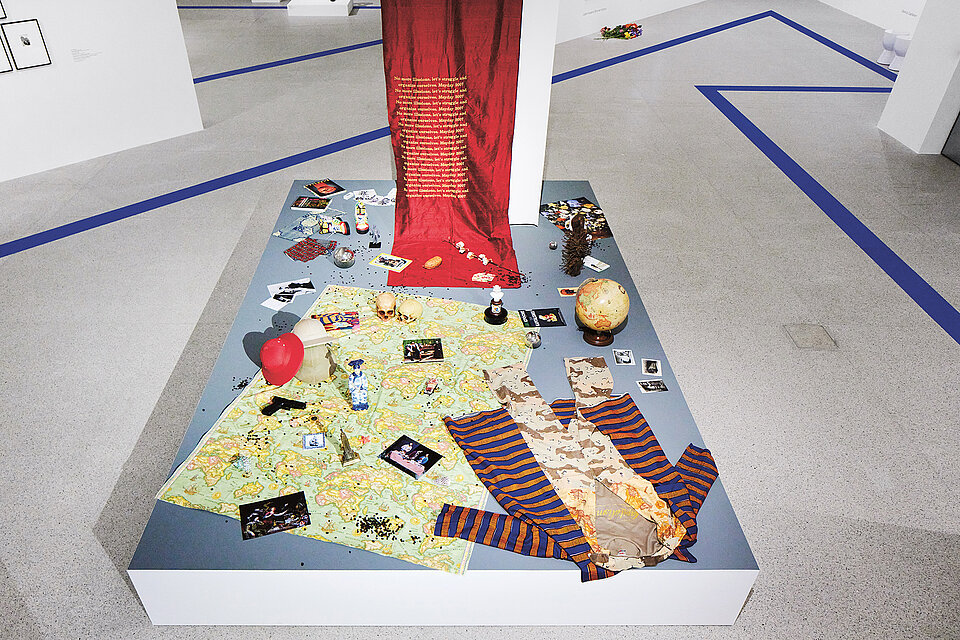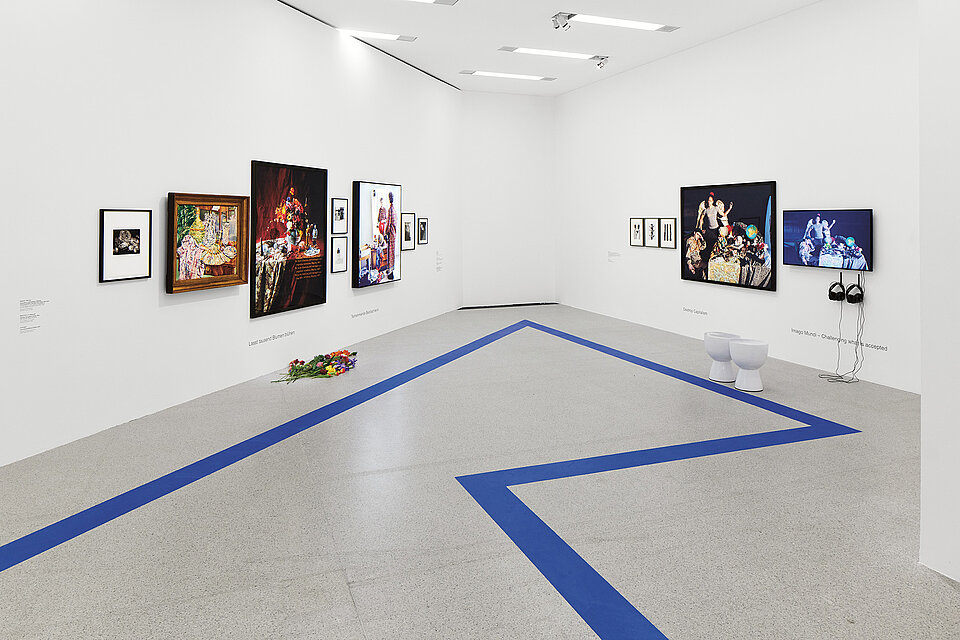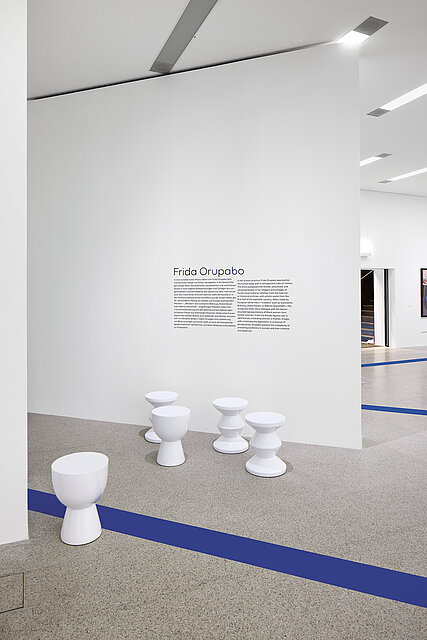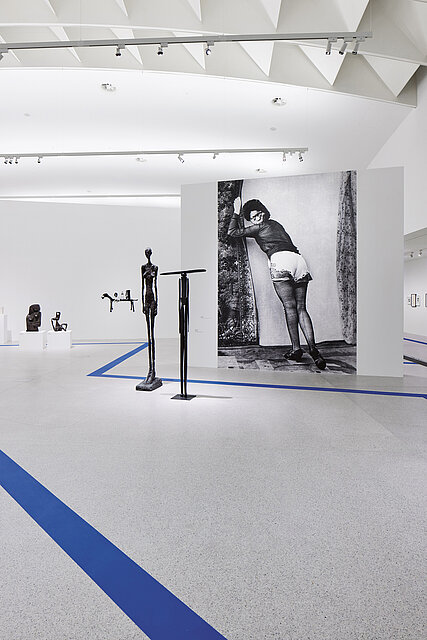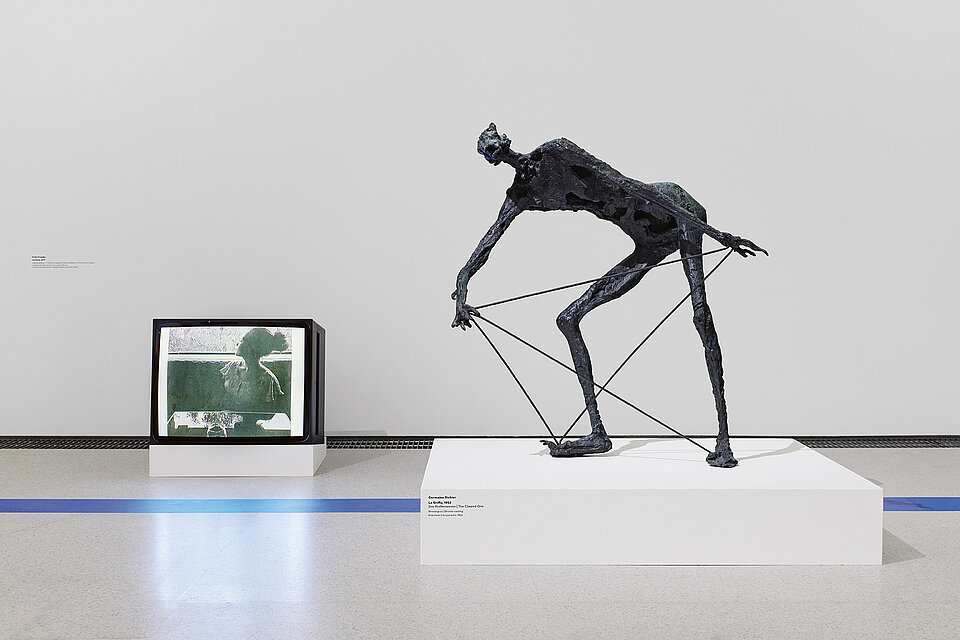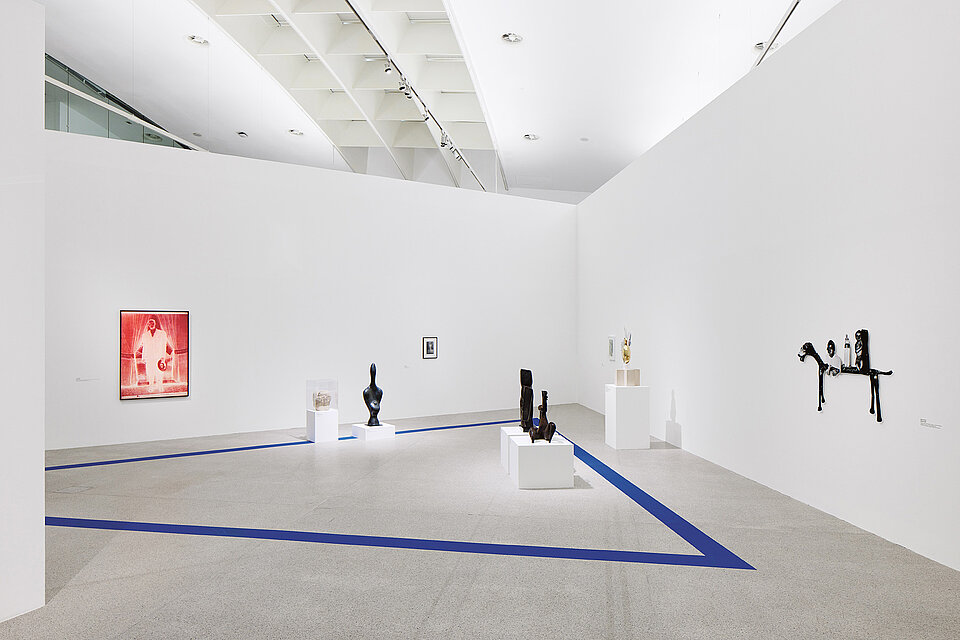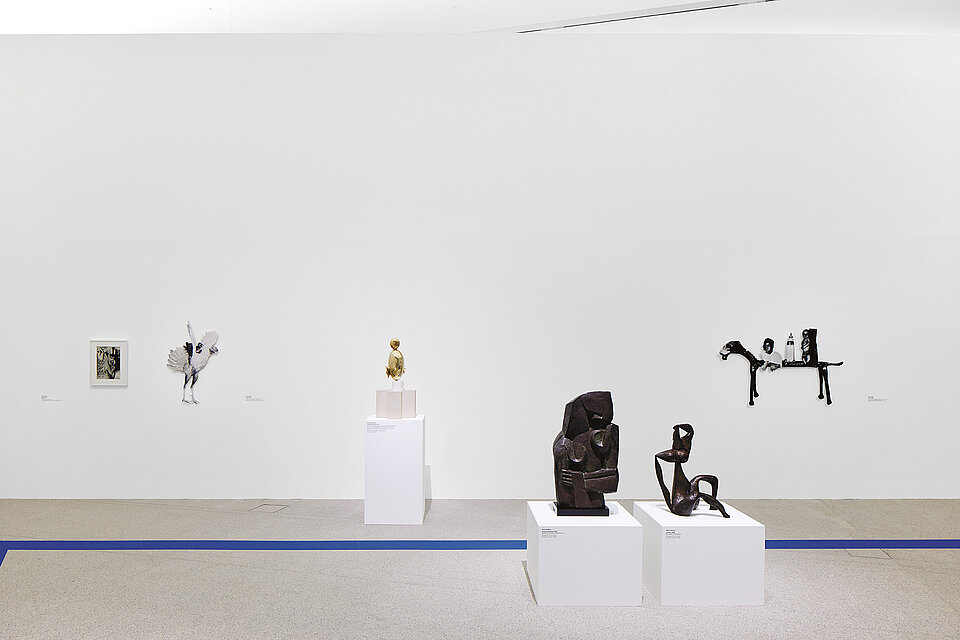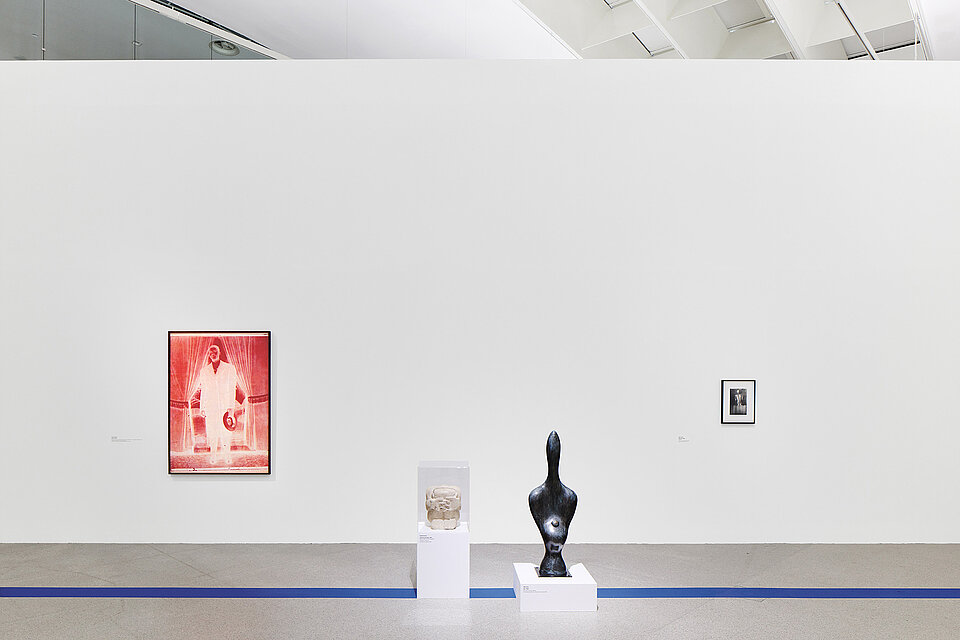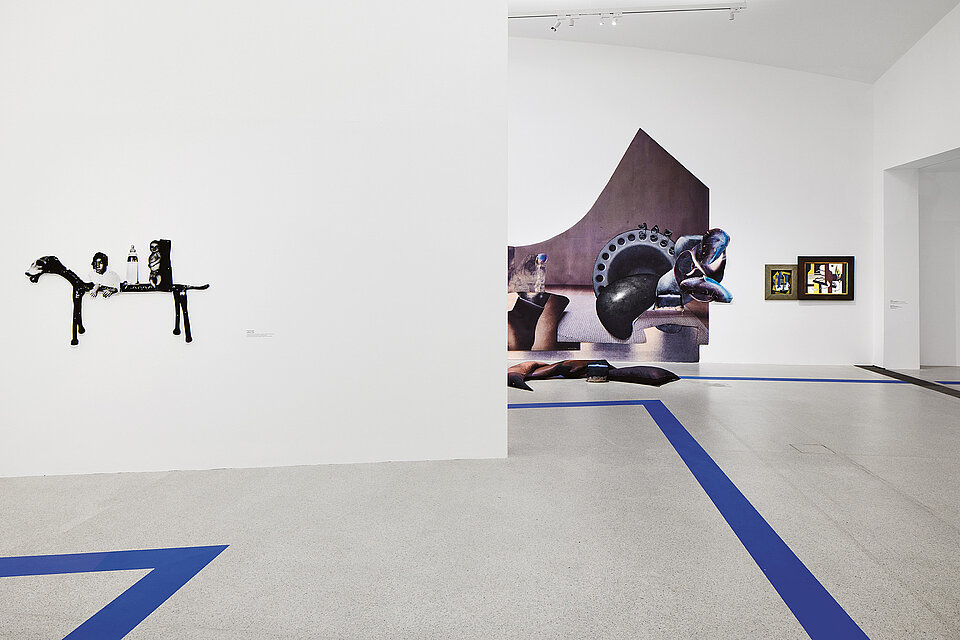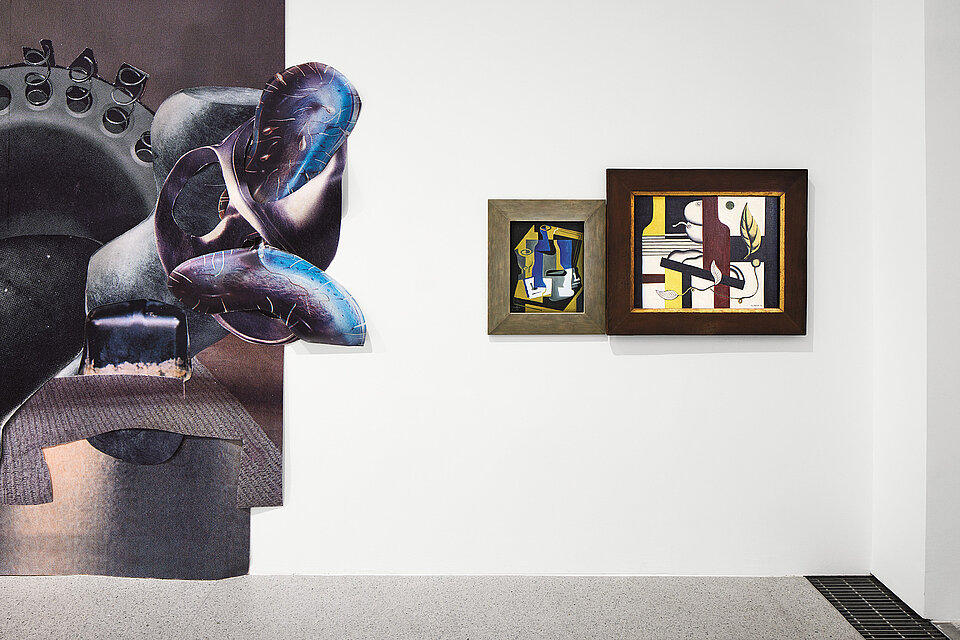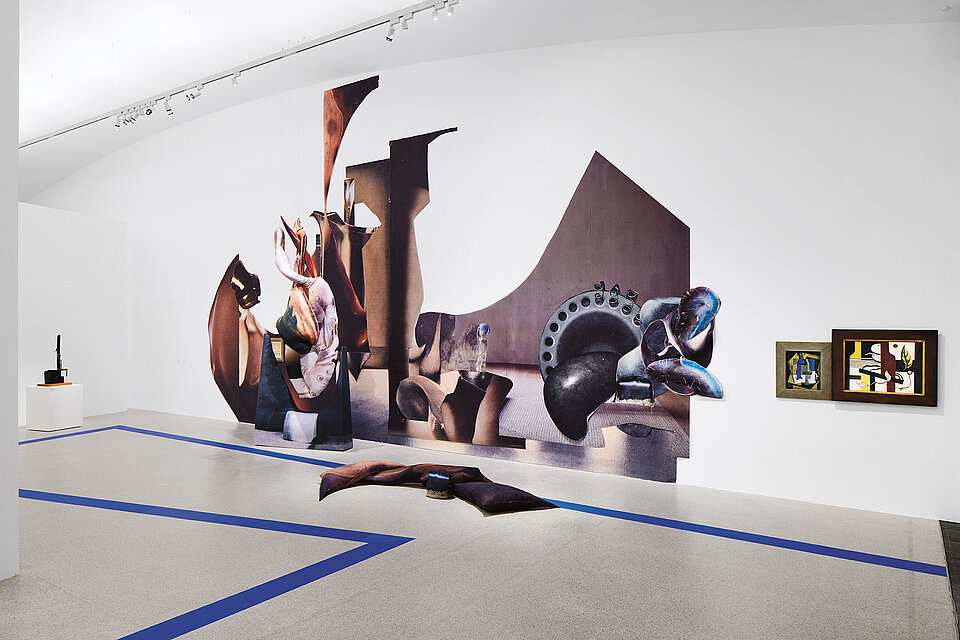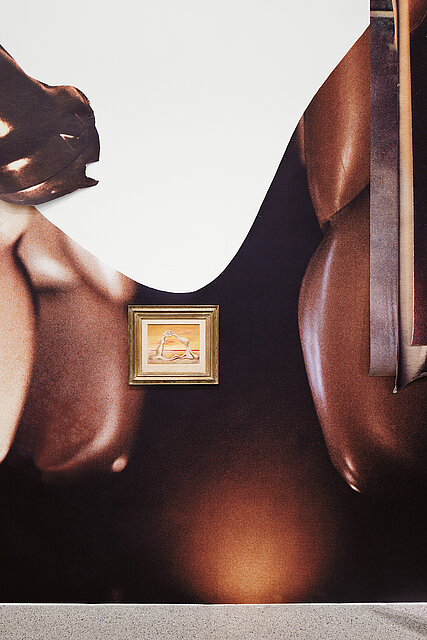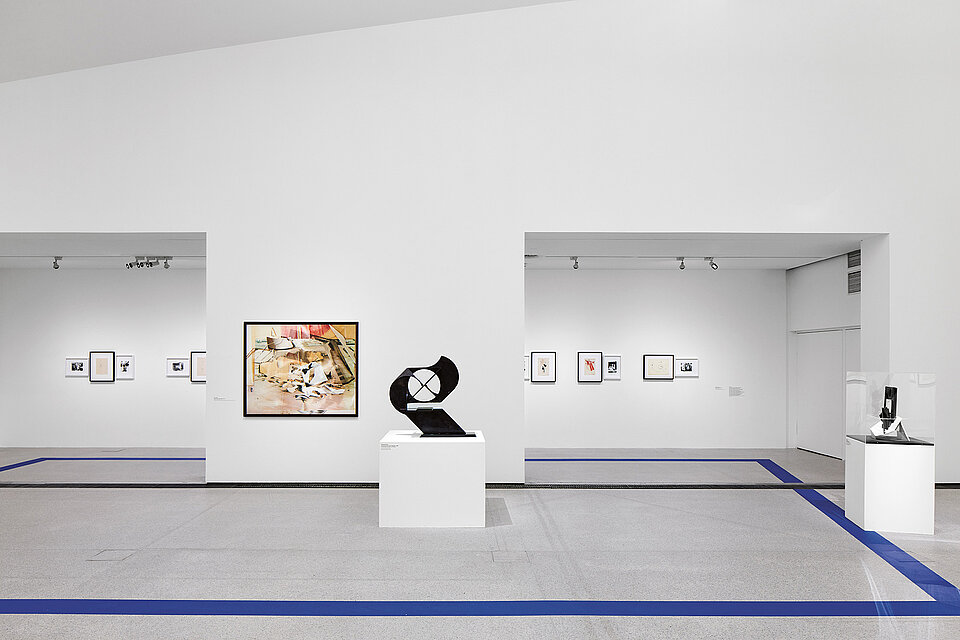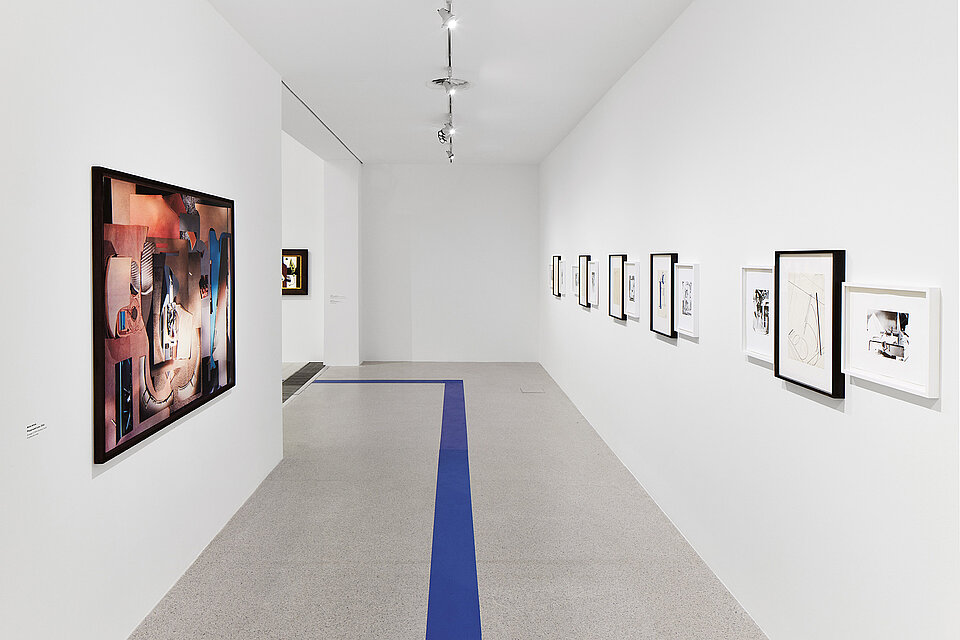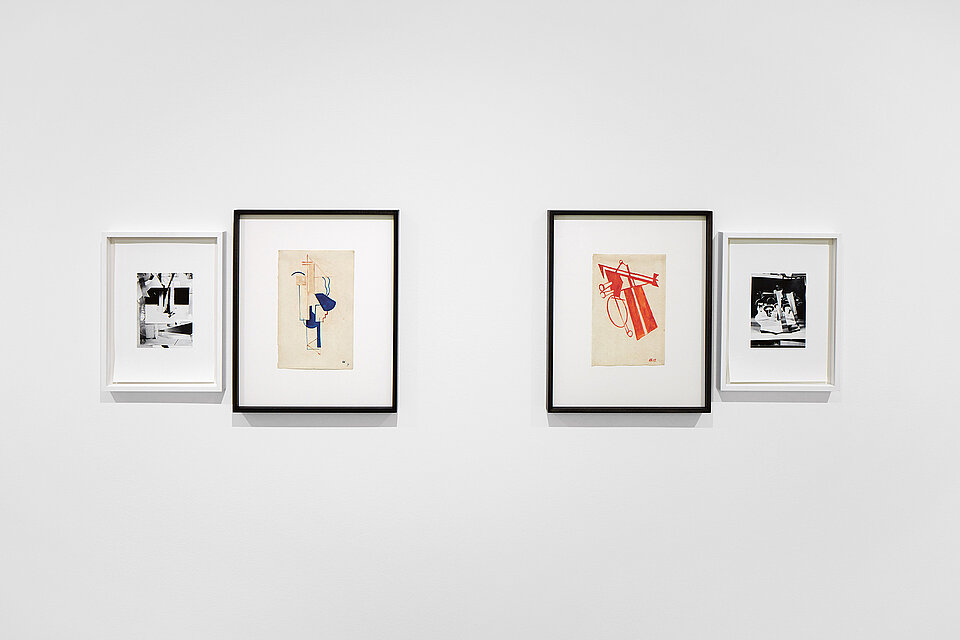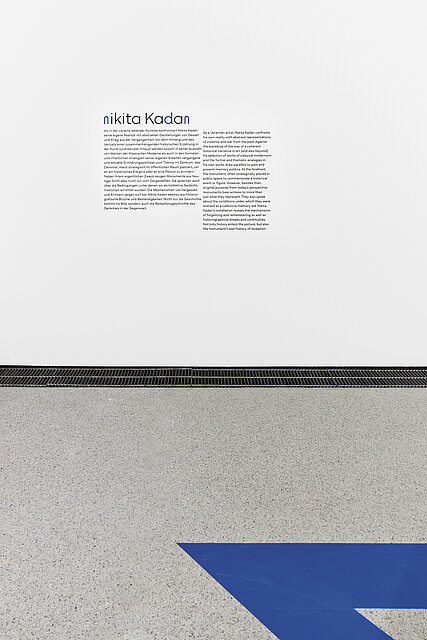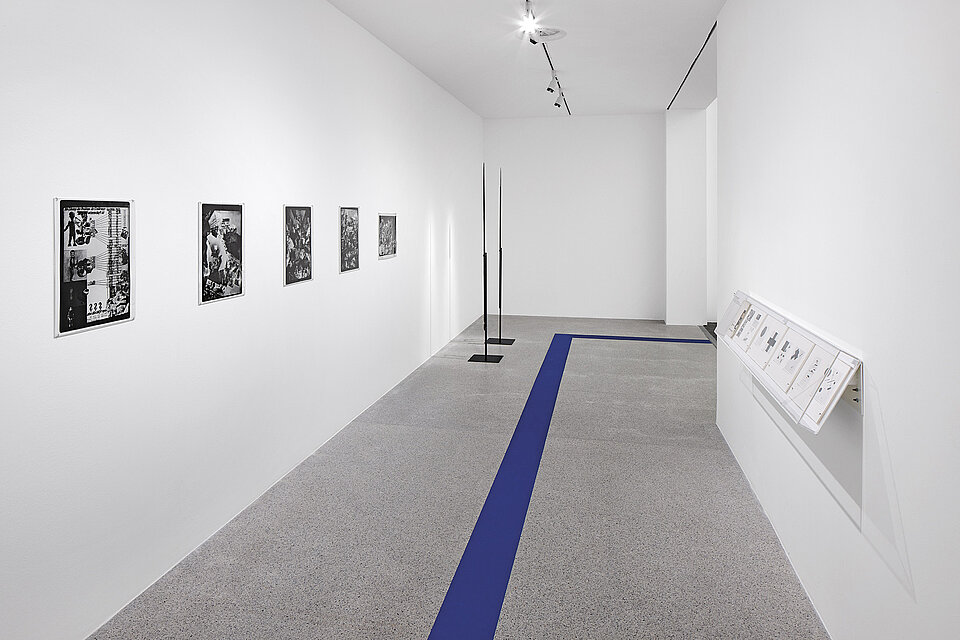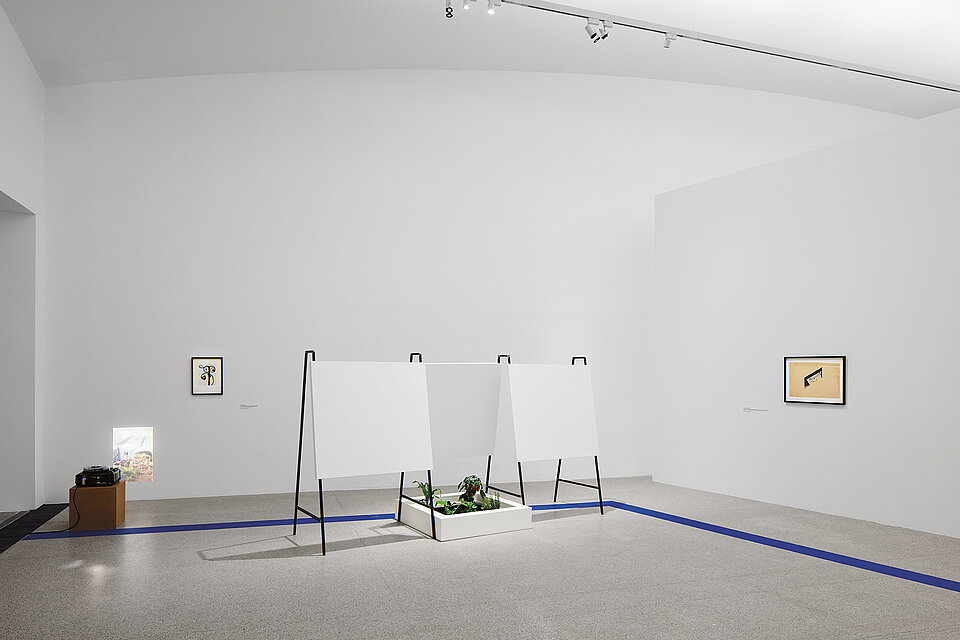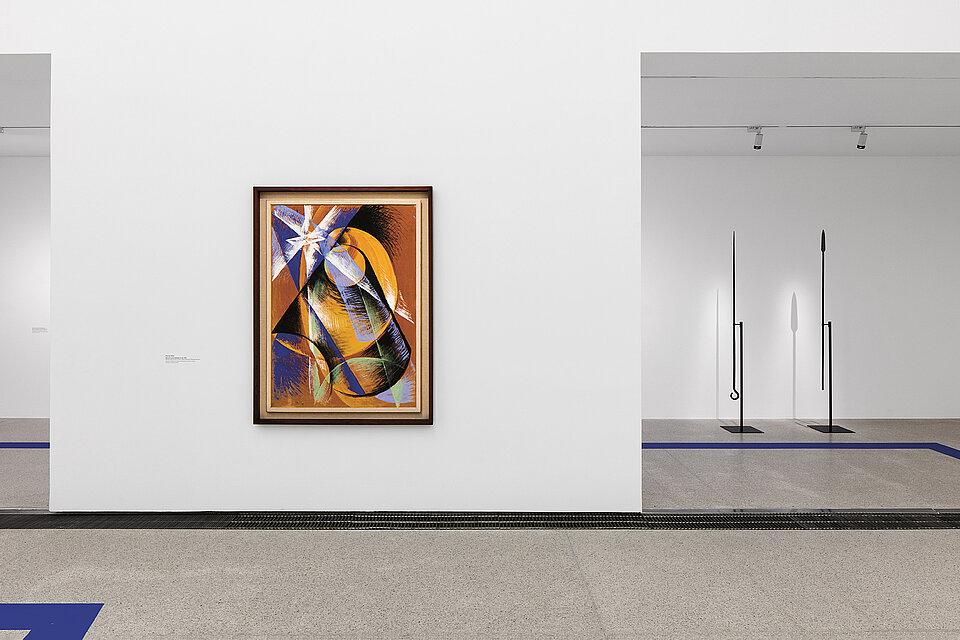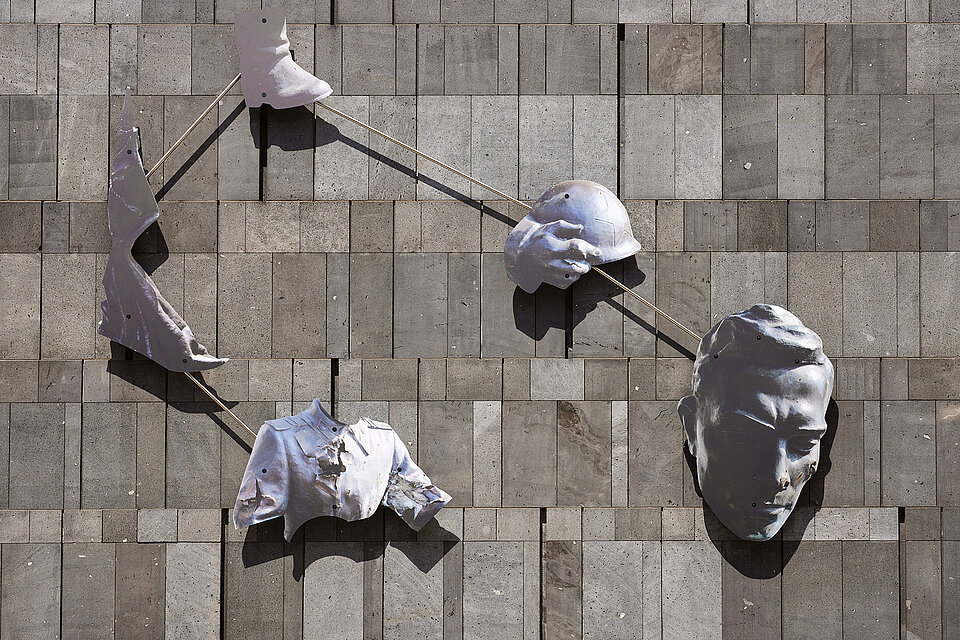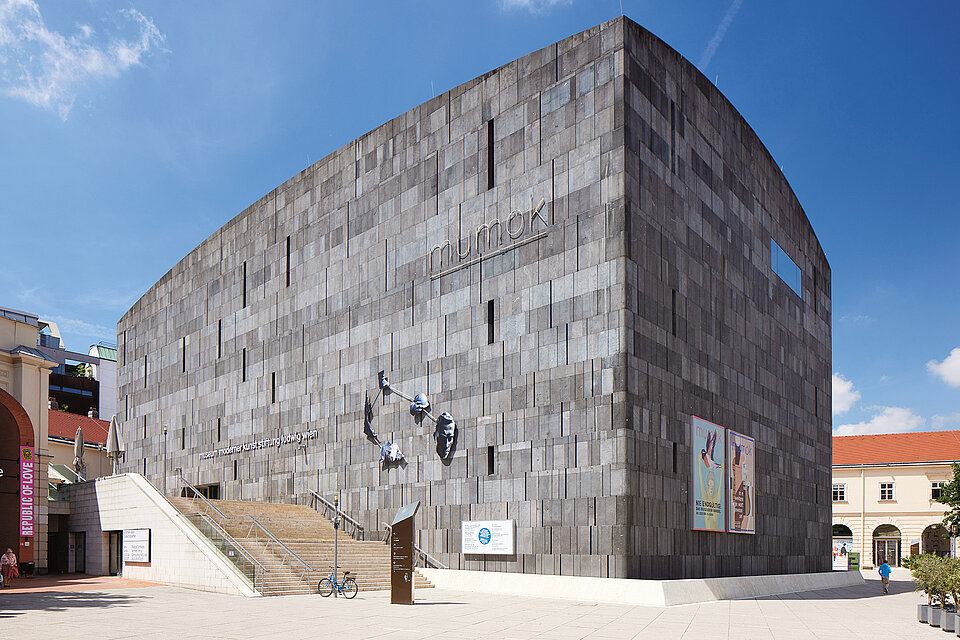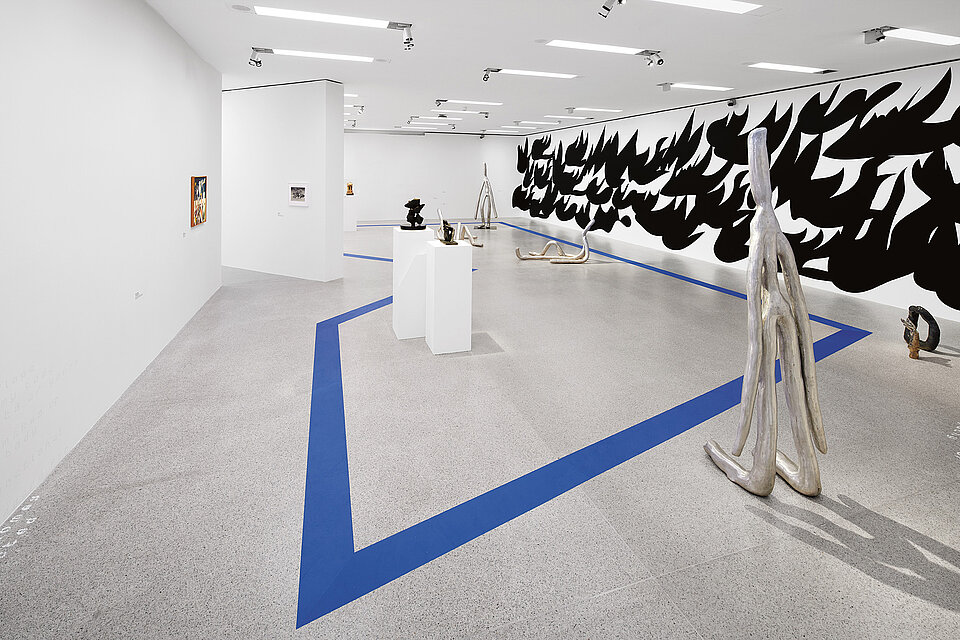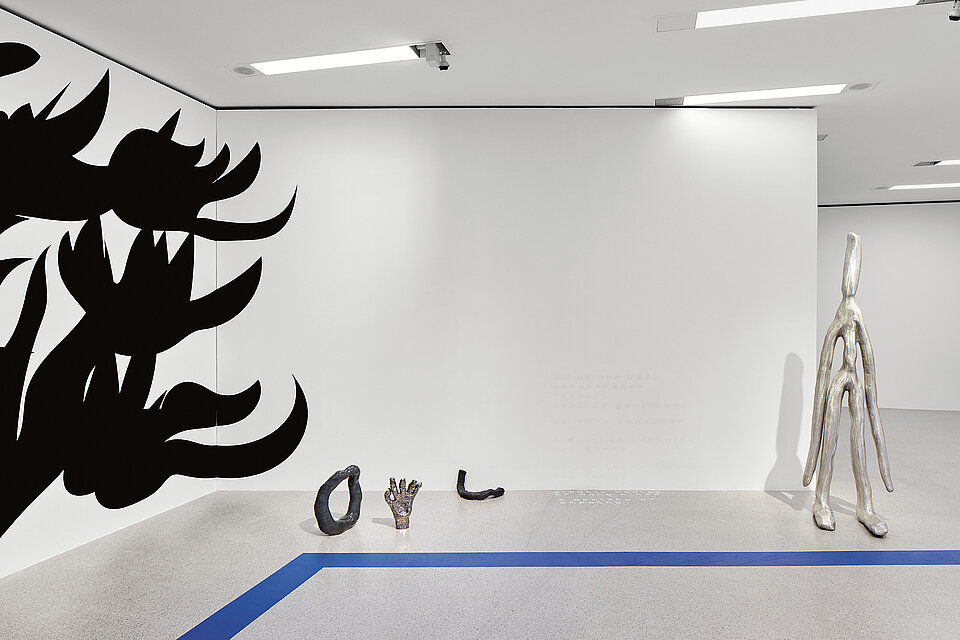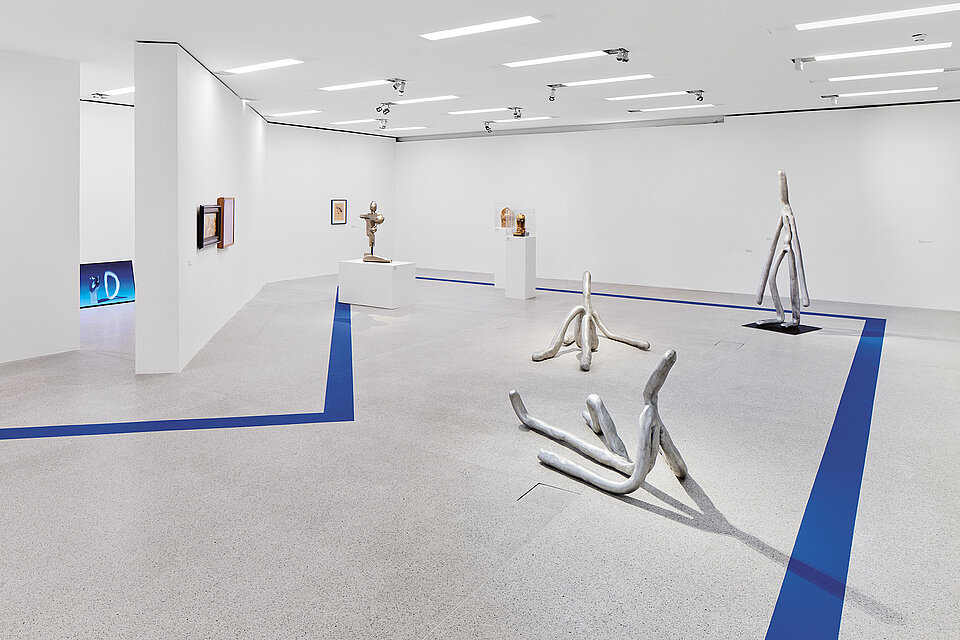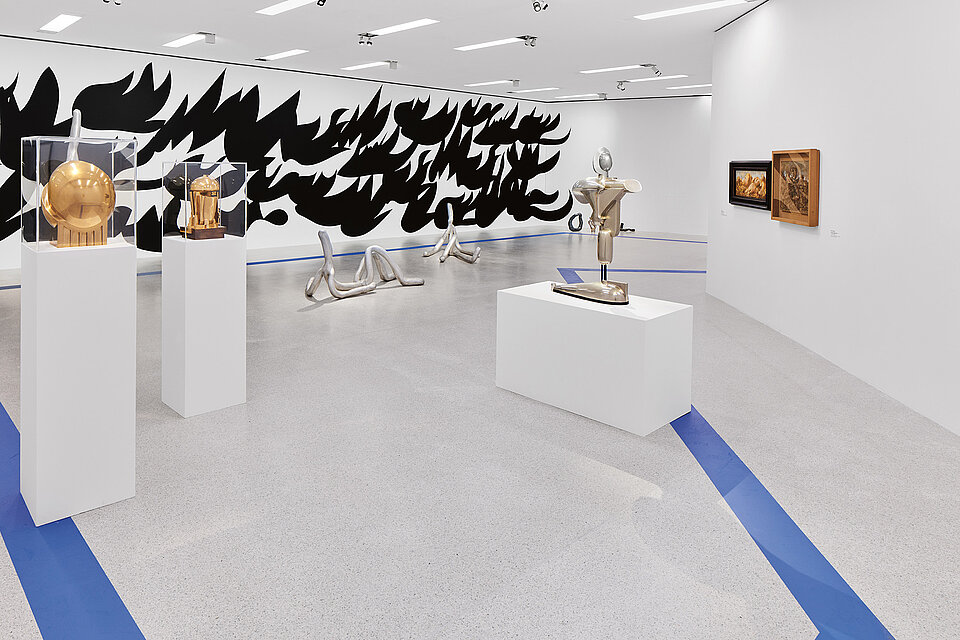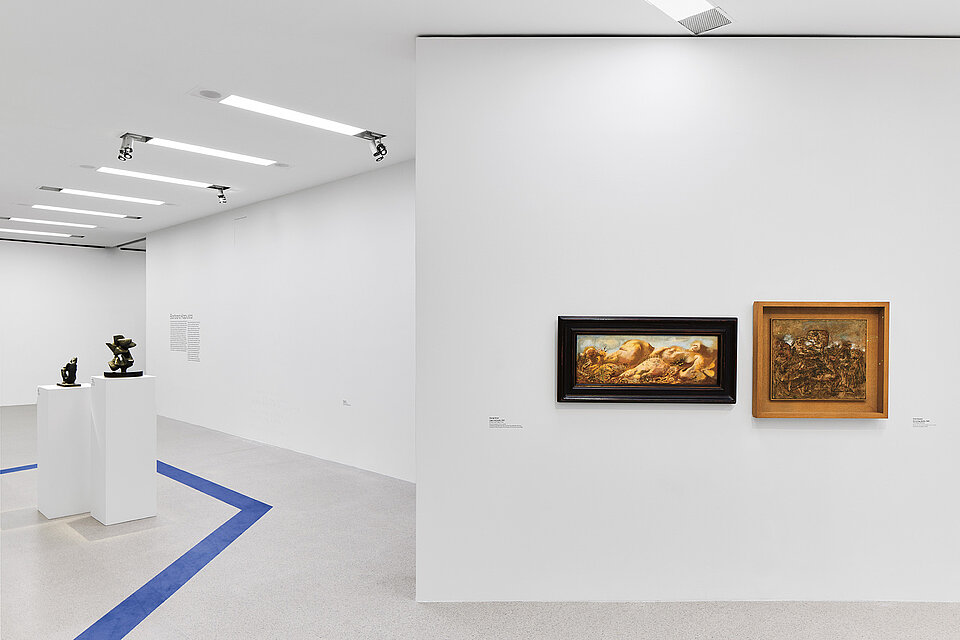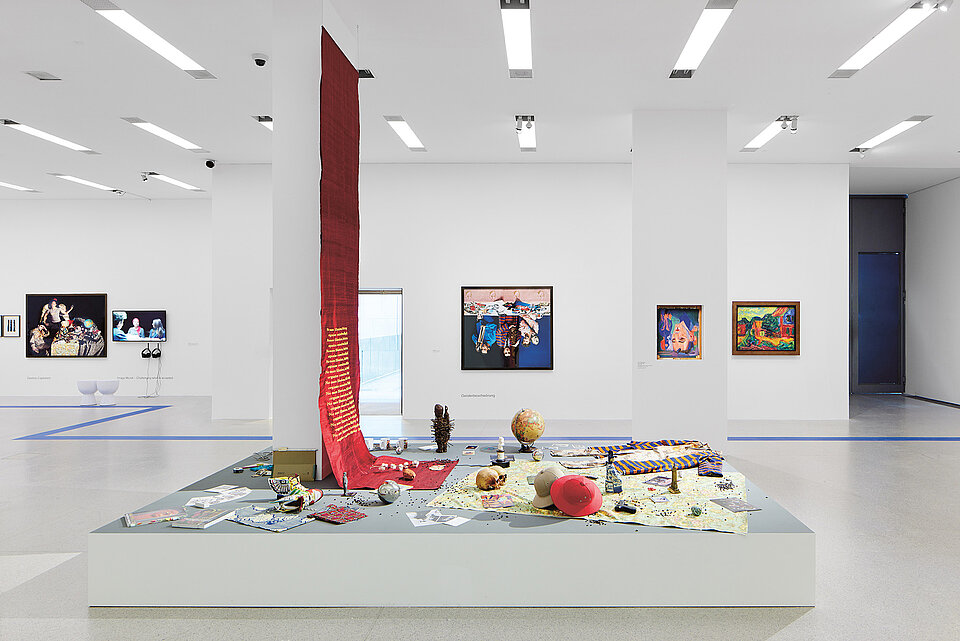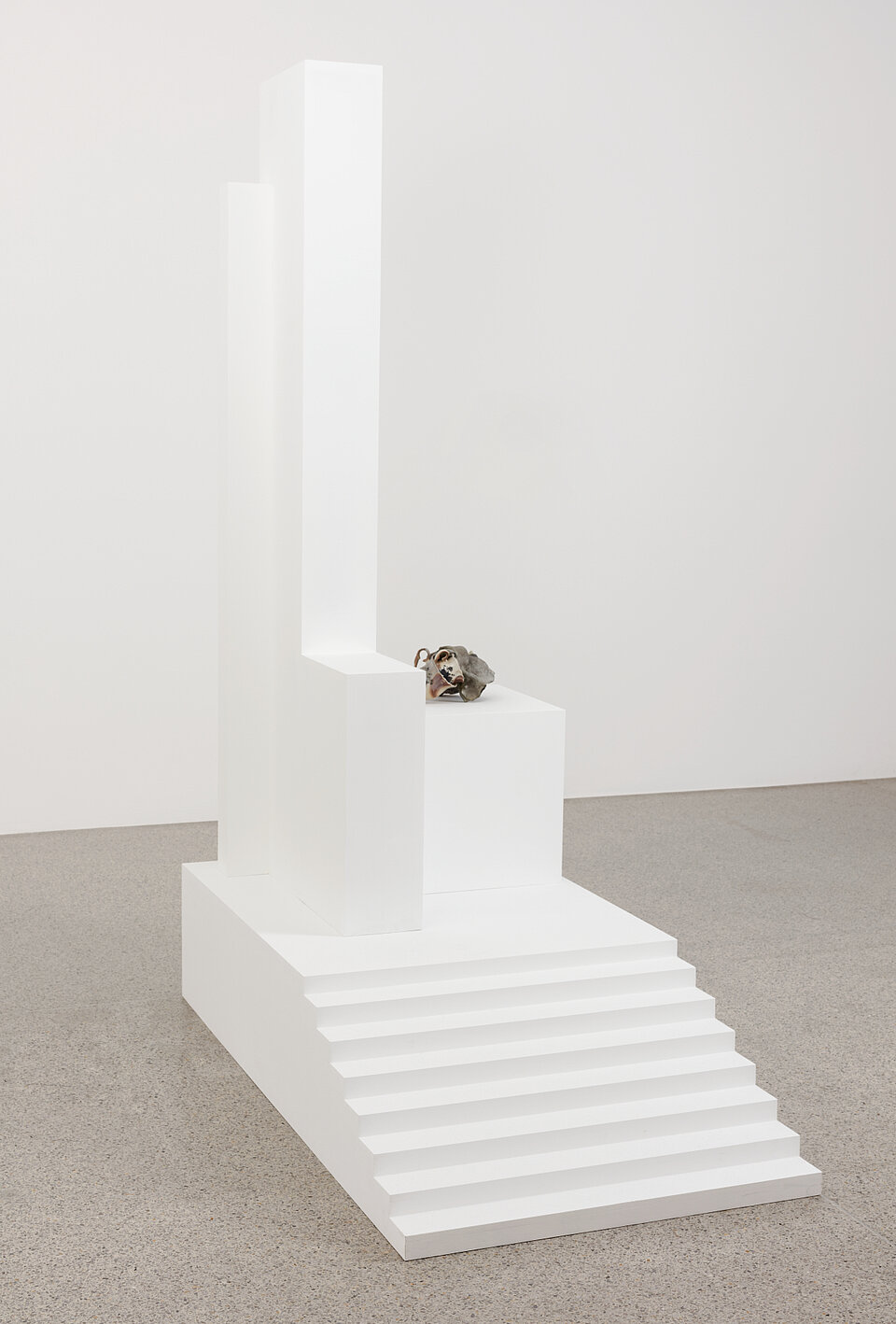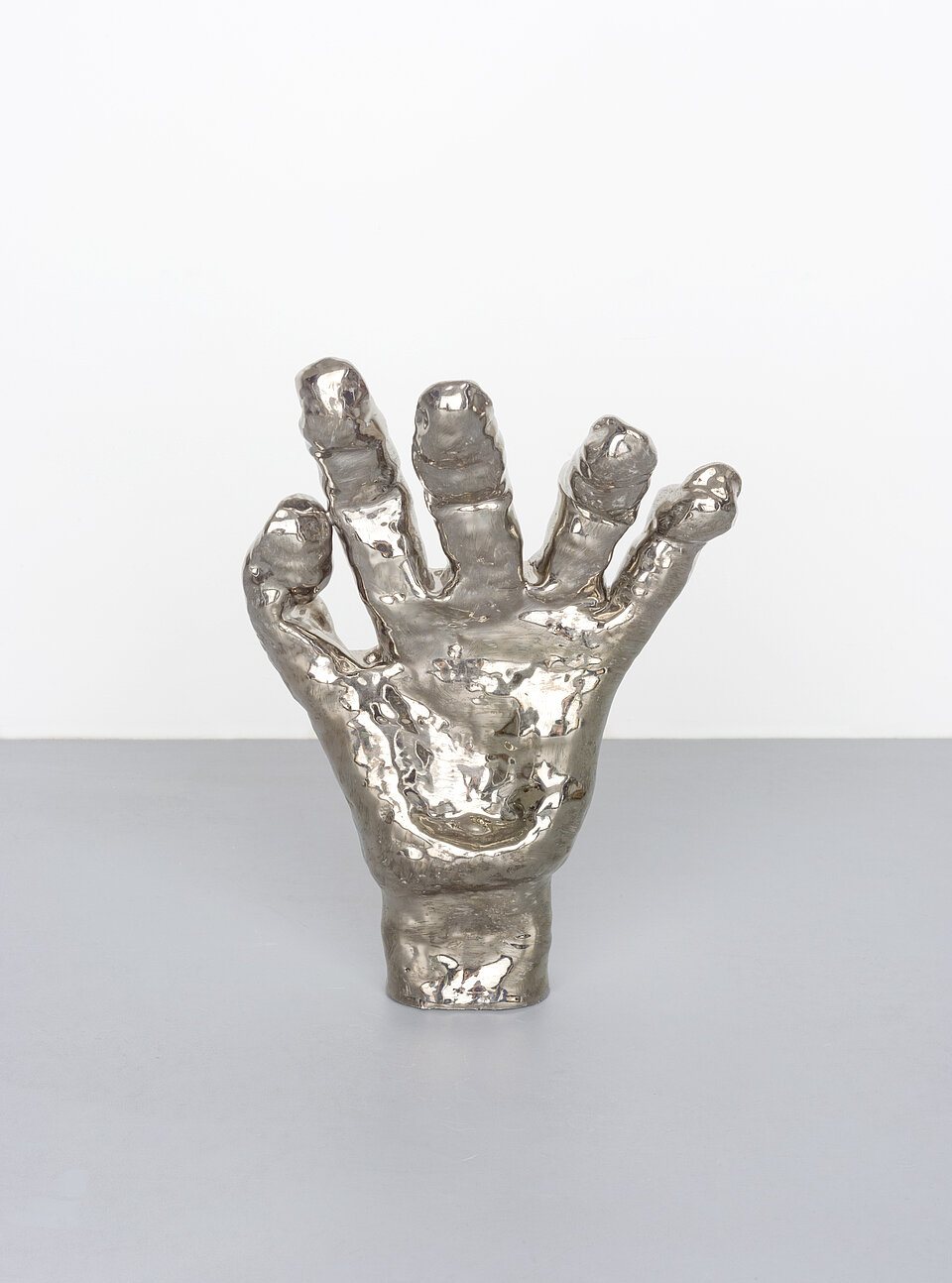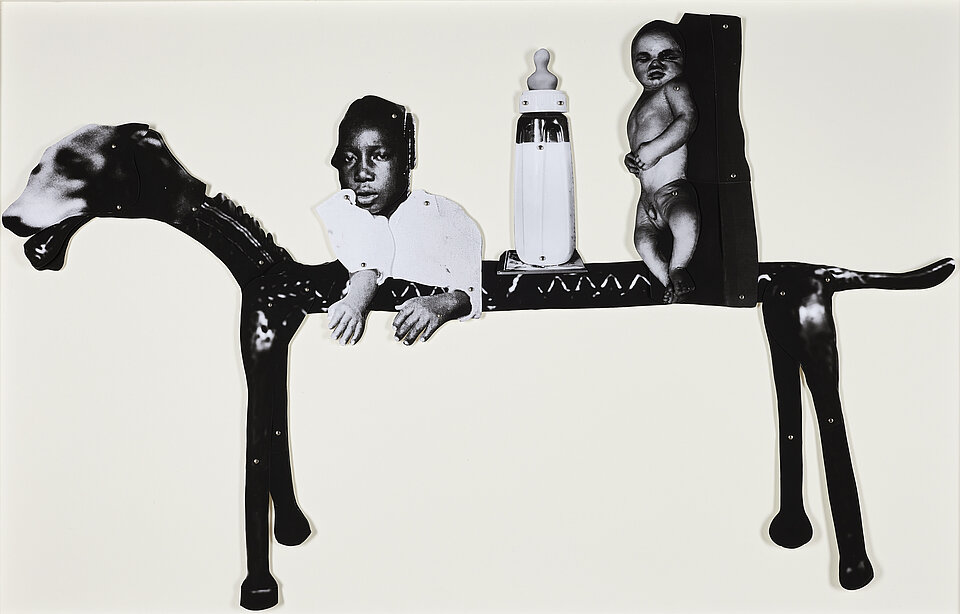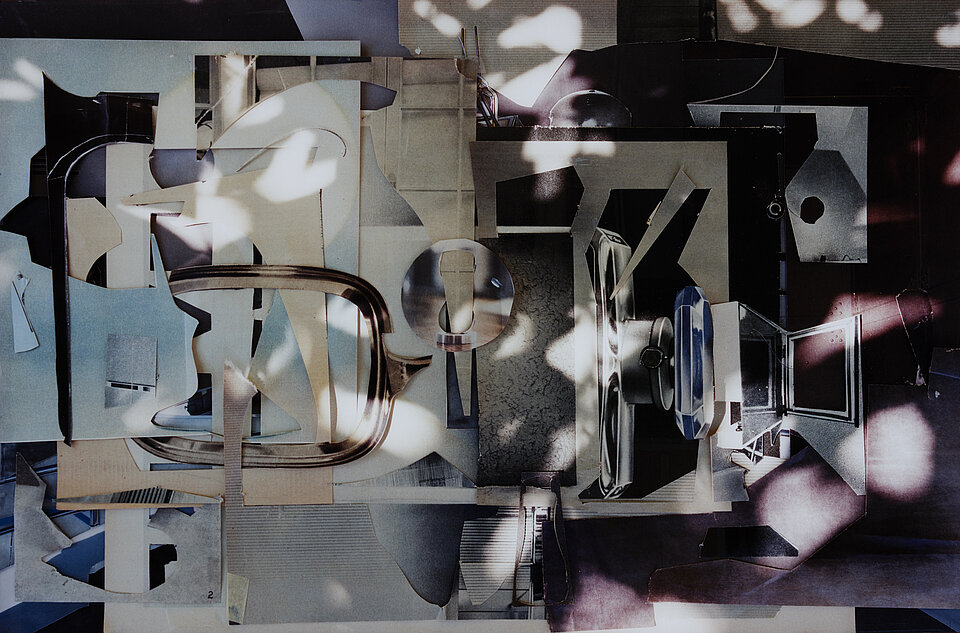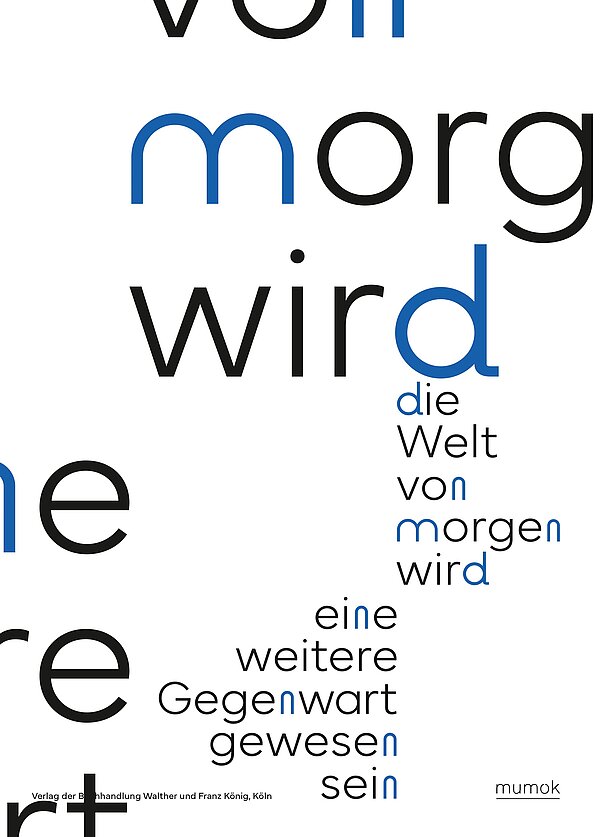The World of Tomorrow Will Have Been Another Present stakes out moments in the mumok Collection of classical modernism that resonate to the present day—beyond mere chronology and style histories, beyond supposedly linear narratives. Who, if not the artists from a collection of the twentieth and twenty-first centuries like that of mumok, no matter when they may have been active, would understand more about such a form of nonlinear thinking? A thinking backward and forward at the same time, a thinking in interwoven and intricately enmeshed particles and strands. One that is aware of itself, of its art historiography, and is borne by doubt and criticism of conventional truth and knowledge regimes. Seen historically and from a contemporary perspective, the exhibition presents artistic practices as a blue-print for circular temporalities: as a budding potential, as an exercise in networked thinking, a sequence of events with an open beginning and end.
The World of Tomorrow Will Have Been Another Present features five large-scale installations. Five exhibitions in one exhibition, linked together by the participating artists’ shared interest in temporal matters. Nikita Kadan, Barbara Kapusta, Frida Orupabo, Lisl Ponger, and Anita Witek were invited to select works of classical modernism from the mumok Collection and enter into a dialogue with them. Departing from their own artworks, which are also among the museum’s acquisitions, and complemented by works that the artists have created or re-contextualized specifically for this occasion, these contemporaries not only form part of the history of the museum: by localizing themselves in art history, they participate in a discourse on contemporary art. Current artistic questions find their historical counterparts. Questions from a past now, from today’s perspective, posed to a future not yet perfect. Might this be the present?
Curated by Franz Thalmair
in collaboration with Nikita Kadan, Barbara Kapusta, Frida Orupabo, Lisl Ponger, and Anita Witek
Exhibition design: Studio Kehrer
Artists: Alexander Archipenko, Hans Arp, Giacomo Balla, Willi Baumeister, Rudolf Belling, Hans Bellmer, Herbert Bayer, Karl Blossfeldt, Louise Bourgeois, Constantin Brâncuşi, Victor Brauner, André Derain, Friedl Dicker-Brandeis, Marcel Duchamp, Raymond Duchamp Villon, Max Ernst, Alberto Giacometti, Julio González, Juan Gris, George Grosz, Albert Paris Gütersloh, Raoul Hausmann, Florence Henri, Johannes Itten, Nikita Kadan, Barbara Kapusta, Friedrich Kiesler, Ernst Ludwig Kirchner, Henri Laurens, Fernand Léger, René Magritte, Kazimir Malevich, André Masson, Vladimir W. Mayakovsky, László Moholy-Nagy, František Muzika, Frida Orupabo, Alicia Penalba, Antoine Pevsner, Franz Pomassl, Lisl Ponger, Man Ray, Germaine Richier, Aleksander Mikhailovich Rodchenko, August Sander, Oskar Schlemmer, Karl Schmidt-Rottluff, Victor Servranckx, Edward J. Steichen, Alexander Stern, Nikola Vučo, Anita Witek, Fritz Wotruba, Ossip Zadkine
